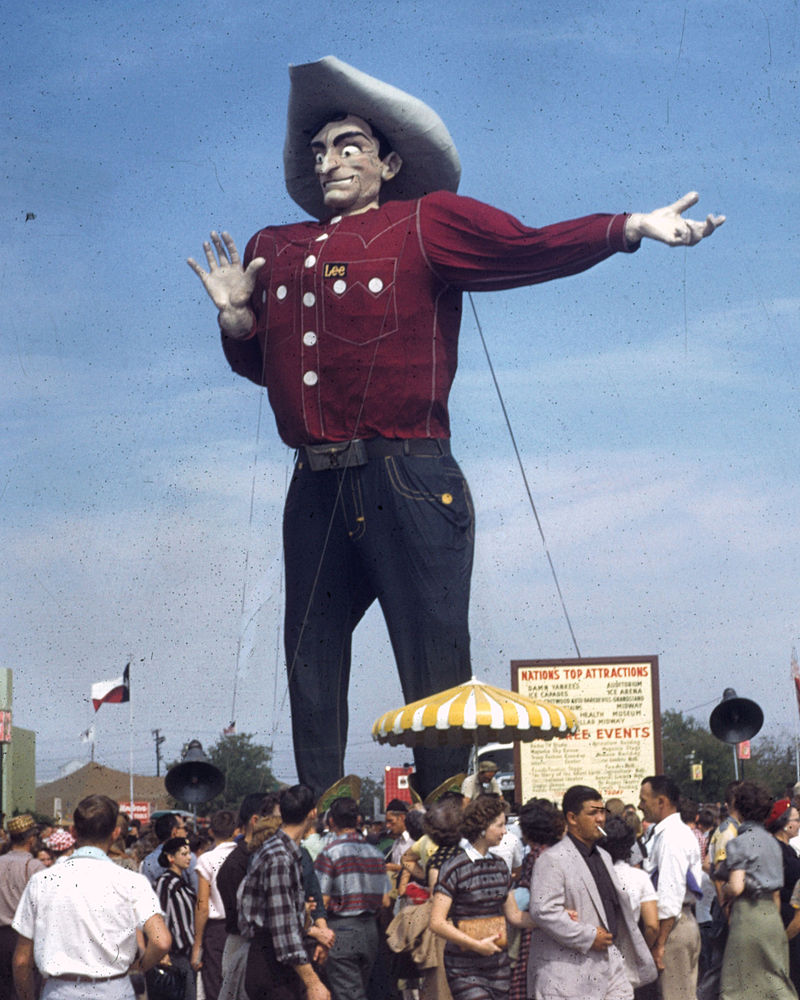Nobody looks at tariffs as a federal revenue enhancement now. Income from tariffs is meaningless in the US budget. Tariffs are rather meant to "level the playing field" between international sellers of goods that have different production costs or enjoy state subsidies. In the case of many Chinese imports to the US, the Chinese advantage in lower labor costs and government subsidies supposedly gives their sellers an advantage over their US competition. Tariffs on various products are meant to hobble the Chinese to the extent that the American counterparts to these products will have a an advantage in price.
This brings up some interesting questions. First, and perhaps most important, as a free person shouldn't an American have the right to spend his money on anything he wants at whatever price he can negotiate? Where does the government get off telling a consumer that he must pay more for a Korean washing machine because the Whirlpool Corporation is having trouble turning a profit?
Second, US trade negotiators decry the subsidies foreign governments give their own producers. This while American farmers are subsidized perhaps as much as any on earth.
Some economists have brought up the thought: "What would happen if the Chinese or the EU members or the Mexicans simply gave the products in question to Americans?" Well, we don't need to speculate. It has happened.
In 1886, the French people gifted the Americans with a copper-clad statue now known as "The Statue of Liberty". In many ways it has become symbolic of the country itself and is recognized everywhere as an American icon.

The statue was designed by French sculptor Frédéric Auguste Bartholdi and built by Gustave Eiffel, the same Frenchman that built the lacy steel tower in Paris. It wasn't an American project.
The point is that there were surely American sculptors and engineers capable of producing a similar or even better representation of lady liberty than these two croissant munching bell epoque poseurs. If the US really needed a giant green lady to welcome voyagers to New York harbor, someone from the local artistic community could have been hired, and paid, to produce it. Since it was a gift and supplied for free no Americans benefited financially.

The country didn't need the French to finance Mount Rushmore. The federal government paid for it and American sculptor Gutzon Borglum blasted away the rock that hid the faces of four American heroes.

Texas State Fair attendees are welcomed by Big Tex, a world famous sculpture, purchased in its original form for $750. The lofty fellow has gone through many changes through the years, not all good.

An electrical fire in 2012, on Big Tex's 60th birthday, destroyed the guy, but the Texans brought him back to life for the fair the following year. Didn't need any Frenchmen, or Chinese, to do it, either.


Legendary lumberjack Paul Bunyan, together with his monster blue ox Babe, greet fishermen and hunters on their way to the Minnesota north country. They're an American product, not an import.







